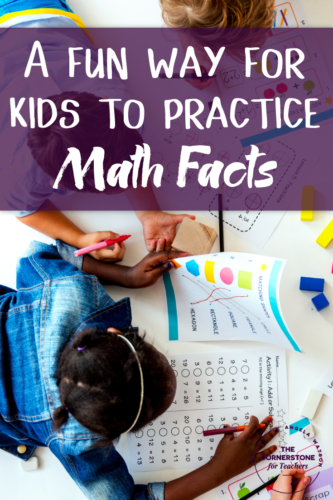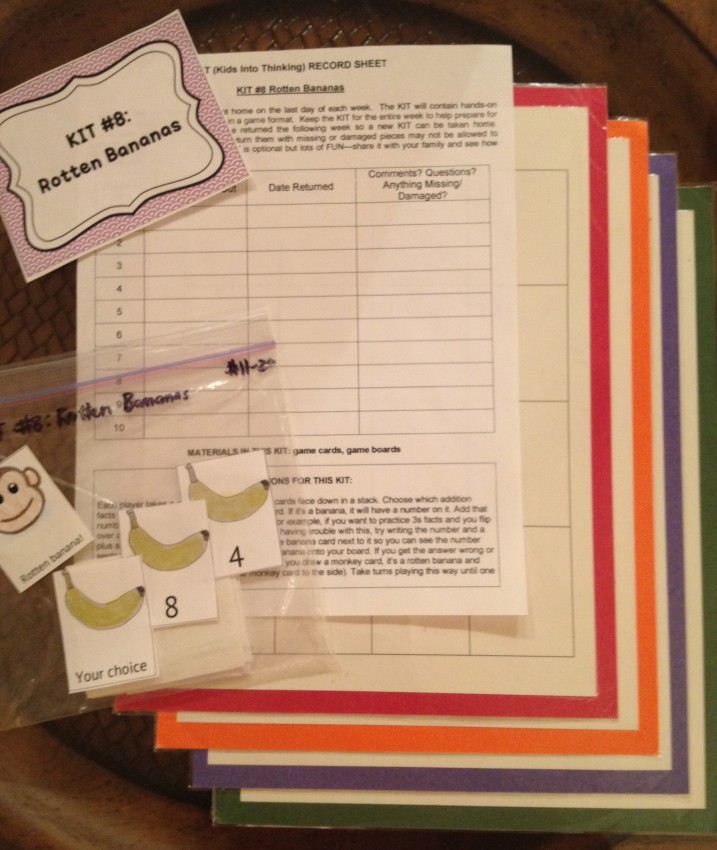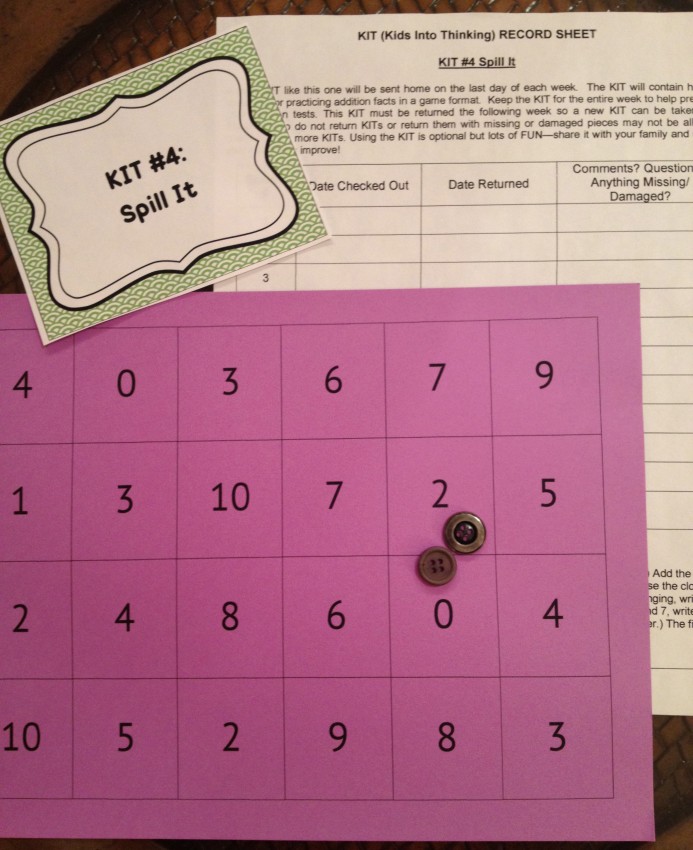Who has time to teach basic math facts these days? I always feel like class time is better spent on higher-level thinking activities. The problem is that it’s hard for kids to really delve into more complex tasks when they’re still struggling with basic fact memorization. The Common Core State Standards (CCSS) recognize this, and place a strong emphasis on fluency (defined as speed and accuracy) with math facts. In fact, the CCSS specify that students must be fluent with all four operations by the end of third grade! That’s a really tall order.

Memorizing math facts often becomes a homework task, and it’s tough to get students engaged in it. Worksheets and practice math drills don’t exactly get kids excited about math. Few students have the self-discipline to drill themselves with flash cards. Computer-based fact practice is good, but not all students have access to computers and high speed internet.
What I wanted as a teacher was a FUN way help students memorize math facts at home–something they would actually enjoy doing. And so I created Math KITs (Kids Into Thinking): a set of ten games that kids can play at home with their parents, siblings, cousins, neighbors, or friends.

Here’s how they work: my students checked out one game each week for ten weeks. They kept it from Friday to Friday so that they could play over the weekend if they wanted. I didn’t penalize students for not playing as long as they returned the KIT in good condition each week. My goal was to make the KITs a fun privilege and hype them up so much that kids think they’d be crazy not to play. I made a huge deal about collection time: “Ok, it’s Friday! Time for new KITs! Woo-hoo! Who had a great time playing this week? Tell us who you played with! Fun! Which game is your favorite so far? Which one would you like to get today? Boy, I can’t wait to see your scores on the mutiplication test today. All this practicing at home–you guys are gonna rock it for sure!” I know a few kids rarely if ever played, but most of the class made good use of the games, and their scores on our weekly multiplication quizzes showed it.
Because students were working on the rote memorization primarily at home, we had more class time to devote to understanding the concept of multiplication. Students would use manipulatives in class to create arrays and explore the meaning of the operation through various projects and explorations. I’d give a weekly quiz on one times table which took about 5 minutes. Students graded the quizzes themselves and kept track of their progress on individual graphs. Many kids could look at their scores and see the difference between the weeks they used their KITs and the weeks they didn’t, which really showed them the value of practicing multiplication facts at home.

The KIT games use simple, inexpensive or free, easy-to-obtain materials and a minimal amount of photocopies. They also work well as in-class math partner games. I had a very long math block (90 minutes) and used math games to break up the more intensive instruction and practice periods. Students were paired at similar ability levels so they had a fair chance of winning. They got a different KIT each day (or week). Game play ranged from 7-15 minutes, depending on how much time I wanted to allot. The kids LOVED it!
I’ve had these ideas up on my Math KITs page for years, but only recently did I make printable KITs that are ready for others to use. I put all the KIT directions, recording sheets, game boards, etc. in a 171 page file along with directions for creating each KIT. There’s a multiplication version, an addition version, and a discounted bundle with both. Click on any version to read more and download a preview.
That’s what works for me. How do you help your students memorize addition facts and/or the multiplication tables? Have you found a way to make it more fun? Share your ideas with us in the comments!

Angela Watson
Founder and Writer
Sign up to get new Truth for Teachers articles in your inbox
OR

Join our
community
of educators
If you are a teacher who is interested in contributing to the Truth for Teachers website, please click here for more information.















